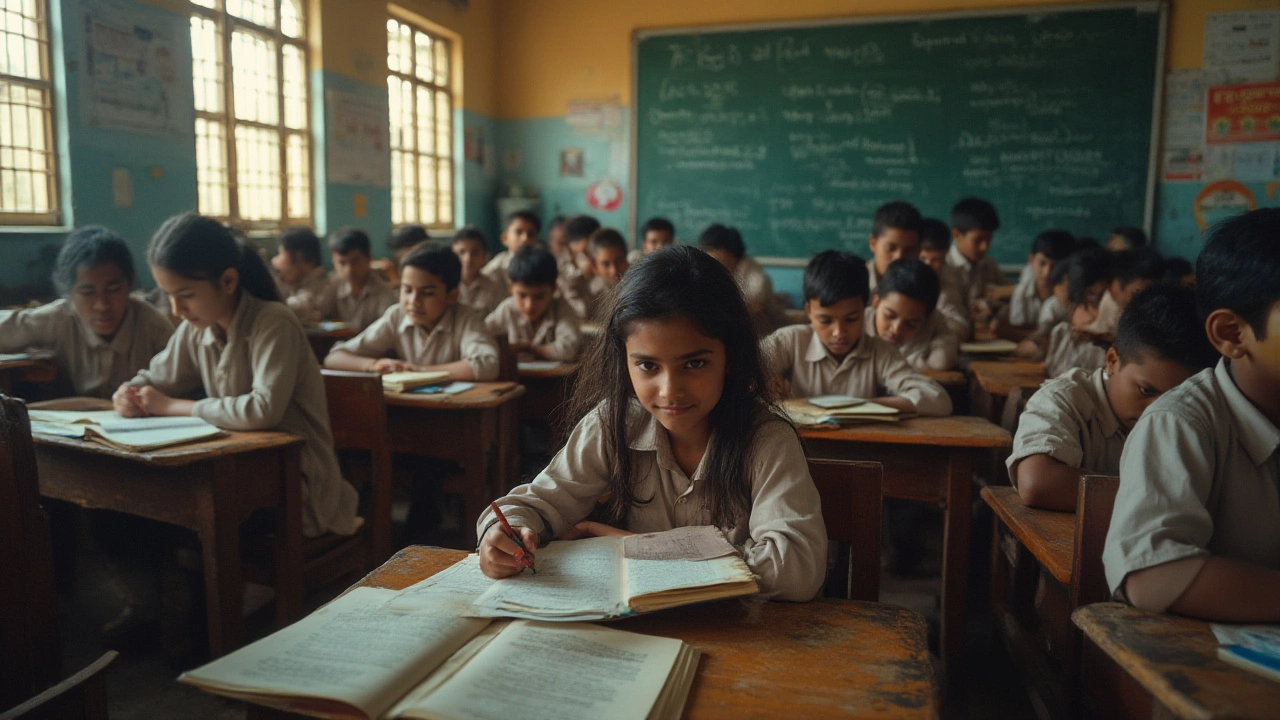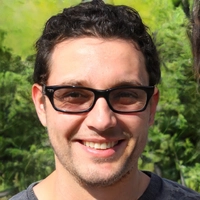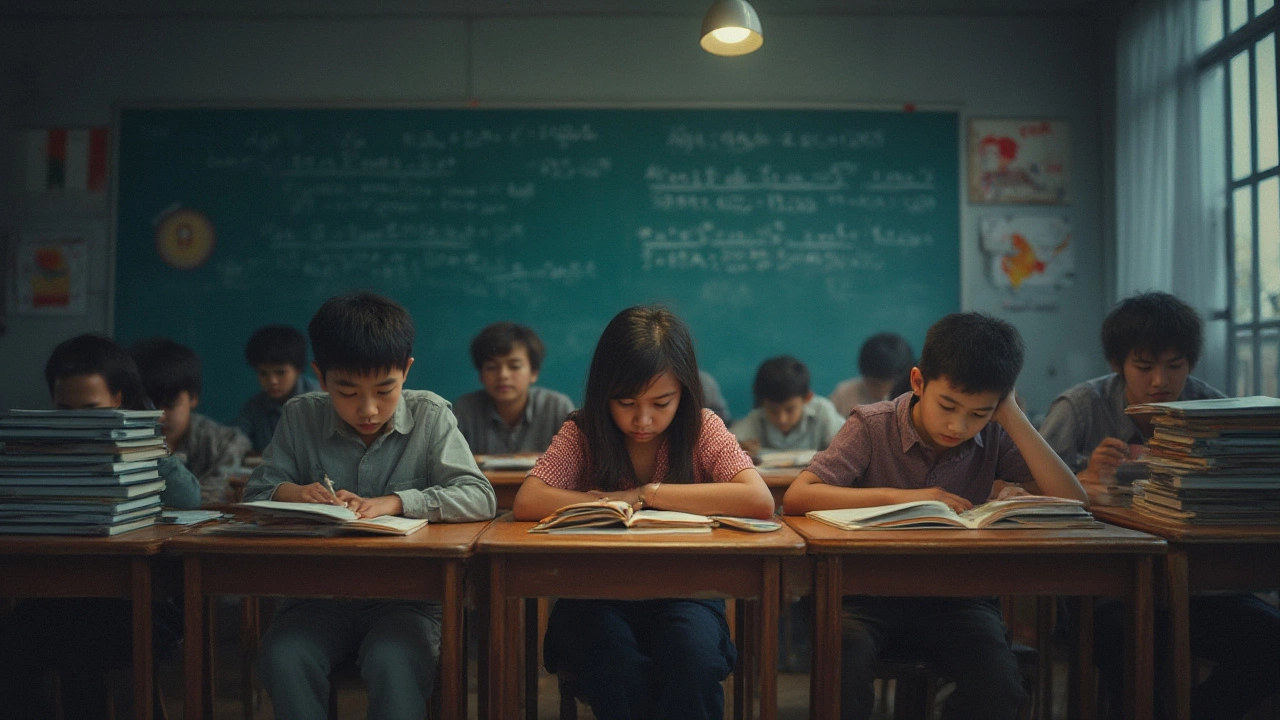Imagine having ten hours of homework every night, knowing that one exam could shape your adult life, and attending after-school academies that run long after the sun sets. Sounds intense? For some students across the globe, this is just an average Tuesday. The question isn’t just which country has a hard education system; it’s who makes it through, what they sacrifice, and what schools really ask from students’ minds and bodies.
What Makes an Education System ‘Tough’?
Toughness in education can’t just be measured by the length of the school day or the weight of textbooks. It's about the pressure students face, the competition that pushes them, and how much their future depends on a single test or grade. Some countries squeeze every ounce of effort from their students, betting on rigorous routines and relentless exams to create top performers, while others focus more on creativity and well-being. But let’s get real: some places have gained a reputation where students are practically born prepping for finals.
South Korea often pops up at the top of the list. The country’s school kids famously clock some of the longest study hours. The day typically kicks off around 8 a.m., runs till mid-afternoon, and then the real grind starts: private ‘hagwons’ (after-school academies), where students hit the books till as late as 11 p.m. Sleep deprivation is so normal it’s got a name—‘exam hell.’ According to a 2023 Ministry of Education report, nearly 70% of Korean high school students attended hagwons, averaging 12 waking hours a day on study. Imagine trading sleep for the next grammar drill, night after night.
But let’s not forget China, where the ‘gaokao’ exam is probably the most feared two days in any student’s life. The competition is brutal—hovering around 12 million test-takers each year fighting for seats at universities, many of which have acceptance rates below 2%. It’s not just an exam. It’s the difference between poverty and prosperity for families. Schools, especially in major cities like Beijing and Shanghai, often run “cram schools” in the evenings and on weekends. Failure or underperformance has lifelong consequences, meaning kids are under high-pressure from early childhood.
Comparing globally, Japanese students also face grueling routines. The school day starts early, ends late, and many kids go to ‘juku’—private cram schools—afterward. Getting into a top college here requires clearing multiple, hyper-competitive tests. The twist? Japan mixes in school cleaning duties and club activities, so students juggle academic and extra tasks daily. According to OECD data, Japanese students spend about 50 hours per week on academic and educational activities, one of the world’s highest.
While pressure may be baked into the culture in East Asia, other regions show a different kind of ‘hard.’ In India, students aiming for spots in elite institutions like IIT face extreme competition, often starting coaching classes as early as age 10. The Indian system is exam-driven with little room for creativity, and the National Crime Records Bureau has even reported spikes in student stress and mental health concerns during exam season. One cruel fact: in 2024, the ratio of applicants to available seats for the IIT-JEE entrance exam was over 70:1.
In Europe, Finland bucks the trend. Finnish students have shorter days, less homework, and barely any standardized tests, yet they remain near the top of global education rankings. How? Teachers are highly trained and trusted, school starts at age 7, and there’s a noticeable lack of high-stakes anxiety. Still, this system doesn’t suit everyone—students heading for competitive global universities sometimes seek extra classes or ‘international’ programs to stay afloat in cross-border competitions.
If you love data, here’s a look at study hours and pressure in different countries:
| Country | Average Weekly School Hours | Common After-School Hours | Major Final Exam |
|---|---|---|---|
| South Korea | 30 | 20+ (hagwons) | CSAT (Suneung) |
| China | 35 | 15+ (cram schools) | Gaokao |
| Japan | 34 | 10-20 (juku) | Juken (entrance exams) |
| India | 36 | 10-20 (coaching) | IIT-JEE/NEET/Board Exams |
| Finland | 20 | 0-2 | Matriculation Exam |
If you’re looking at this table and thinking Finland has it easy, you’re not wrong. The big difference is more homework and after-school classes in Asian countries, where the heat comes from social, family, and economic expectations, not just school itself.
So, what about the Americas? The U.S. system likes to spread the load: students have standardized tests, but there’s a focus on extracurriculars, essays, and holistic applications. Schools are tough in their own way—balancing homework, sports, clubs, and volunteering. Private prep schools might match Korea’s intensity, but for most kids, you’ll see more flexibility and choice.
Tough systems share these things: big exams everyone fears, more hours than you ever thought possible, and a sense that slipping behind catches up with you fast. Yet, each country believes it has the right formula for success. What’s ‘tough’ often comes down to trade-offs: test scores versus imagination, ranking versus happiness, and tradition versus modern needs.
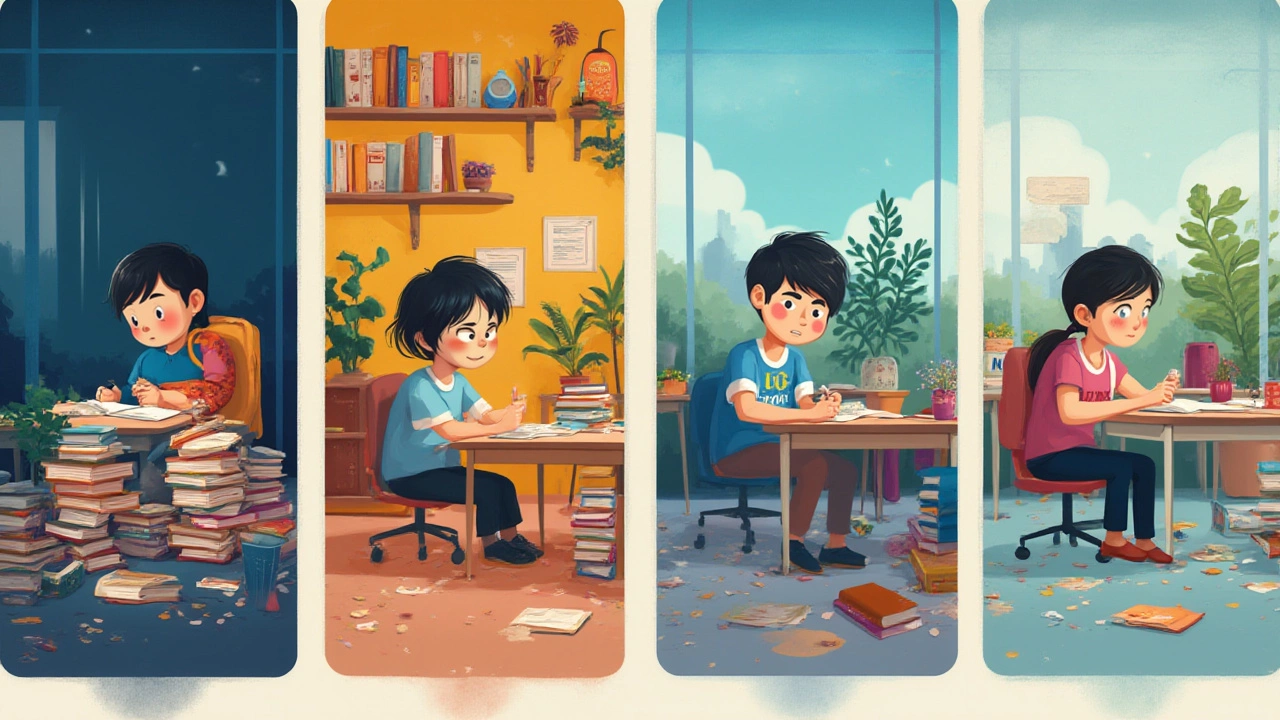
Life Inside the World’s Toughest Classrooms
Stories from inside these classrooms aren’t just about numbers and long days—they’re about how students and teachers live, cope, and sometimes rebel. In South Korea, high schoolers have invented entire subcultures based on coping with stress. “Midnight ramen runs” are a thing: students, after six hours at school and another five at hagwon, sneak out for comfort food before hitting the books again. One former student, Minji, described her final year as “sleeping four hours a night and surviving on instant coffee, dreaming only of the last test day.”
Teachers face their own battles, too. Classrooms are packed, competition is fierce, and parents—sometimes called “helicopter” or “tiger” parents—pile on pressure. In Beijing, it’s not uncommon for parents to move closer to top schools and pay for after-school tutors who specialize in just one subject. Surveys from 2022 showed almost half of Chinese parents spent over a third of their income on their child’s education. Imagine having your family’s savings ride on your next chemistry quiz—talk about stress.
Japan’s famous school routines go beyond class. Students clean the school building daily, take part in club activities that often run till 7 p.m., then fit in ‘juku’ sessions or homework at night. One teacher in Tokyo joked, “Kids here have less free time than salarymen.” Getting into top high schools, let alone universities, starts young: some prep for entrance exams at age twelve. Students say it builds character—but burnout is a reality. The Ministry of Education has tried setting guidelines to reduce excess study after 5 p.m., but many parents and schools ignore these rules, believing success is all about effort.
India’s exam season is practically a national event. During the IIT-JEE or board exam time, entire households revolve around the study schedule of one teen. Students often cover their ears with headphones to drown out noise, use stick-notes everywhere, and live on tea and sweets. Competition isn’t just local: fights over spots in the best coaching centers are fierce. Some coaching ‘gurus’ have fan followings, and students travel hundreds of miles for what’s seen as the best prep.
Even in challenging systems, there’s room for rebellion and adaptation. In all these countries, online learning and social media have become study aids and places to vent. Memes about “Chinese exam hell” or “Korean all-nighters” go viral on platforms like Weibo or KakaoTalk, letting kids share their frustration and tips. YouTube channels devoted to ‘study with me’ live streams are wildly popular, letting silent study buddies from around the world boost each other’s morale—one Pomodoro timer at a time.
Teachers sometimes act as unofficial counselors. Especially in Japan and Korea, “homeroom teachers” call struggling students’ parents, give advice on stress management, or even share anti-burnout techniques like meditation or manga breaks. And while cheating is discouraged, it’s not unheard of—sometimes cited as an act of desperation, not malice.
Despite the grind, many students say the experience builds tight friendships and a sense of “surviving together.” Those who finish with success don’t just remember equations—they remember the days when nodding off in class was universal, or the taste of fried chicken after an exam. Life inside the world’s toughest classrooms is a mix of ambition, exhaustion, and the occasional stolen moment of joy.
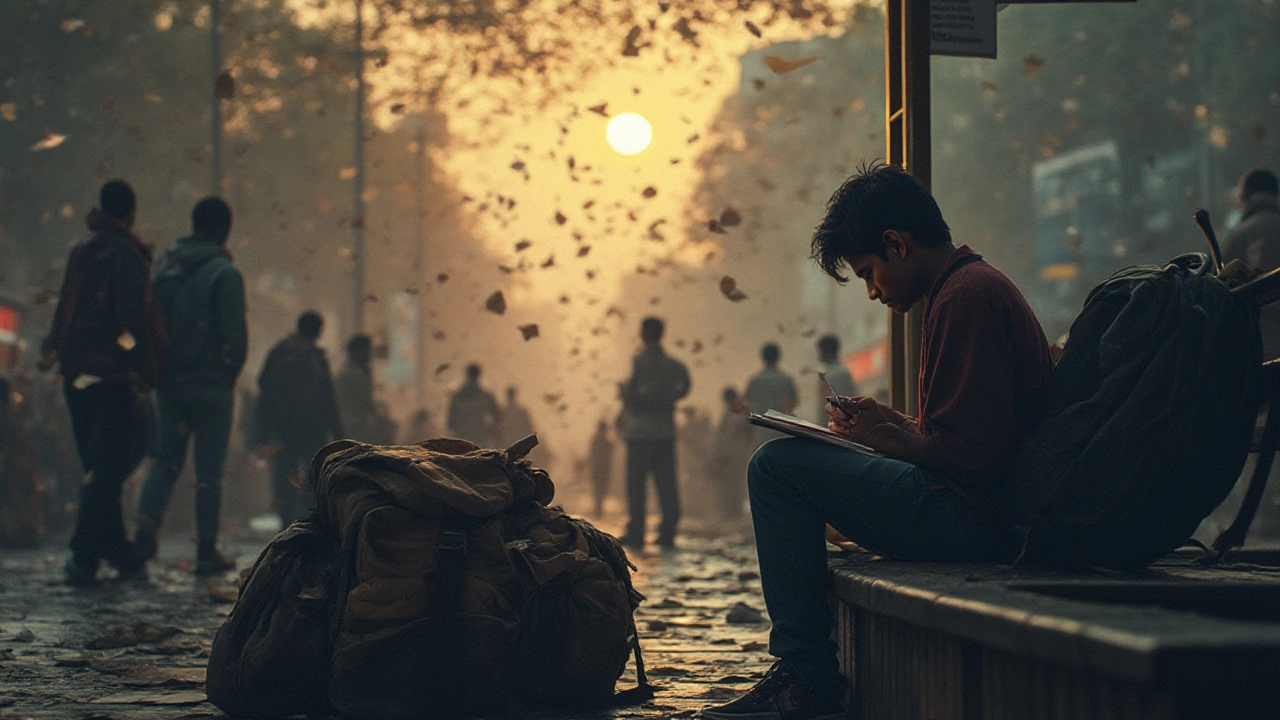
How to Survive (and Even Thrive) in High-Pressure School Systems
If you’re a student, or the parent of one, staring down the barrel of a high-pressure education system, it might feel like there’s no way out but through. But some strategies really make the grind less ruthless—and maybe even leave some room for happiness along the way.
First: learn to manage your time. The students who fare best in “exam hell” countries aren’t always the geniuses. Usually, they’re the masters of calendars, prioritizing tasks, blocking periods strictly for rest, and saying no when burnout is looming. One of the most successful Korean high school graduates, Hyunwoo, swears by the ‘50/10’ rule—50 minutes focus, 10 minutes break, repeat. Sound simple? It’s actually hard to stick to, but it keeps you fresher than marathon cramming.
Find study communities. Whether it’s a real-life group at a library or an online “study with me” partner, having someone to check in with honestly boosts motivation. Students in top Chinese and Indian academies actually form small “study squads” to quiz each other and split chapters. Think of it as bringing teamwork to a solo grind.
Emma, a student from Japan, found that mixing in “micro rewards”—a few episodes of anime, a short walk, or a favorite snack—made longer stretches of work less soul-crushing. Parents, on the other hand, need to fight the urge to compare children to others (especially cousins and neighbors). Kids under massive pressure need support, not just more tutoring hours.
Prioritize sleep. It sounds impossible, but it’s the number one way to boost memory and test scores. Researchers found that students in Seoul who slept at least 7 hours a night outperformed peers who pulled all-nighters. It’s not about studying every hour—it’s about studying smart.
When possible, challenge the system (just a little). In India and China, some teachers now openly encourage creativity or project-based work, even if exam success is king. Ask for explanations, not just answers. In Japan, feel free to propose an unusual club or activity—sometimes standing out is worth it. Finland’s example shows that even in high-performing cultures, balance breeds success.
Here’s a quick checklist for sanity and success in high-pressure schools:
- Set strict boundaries for study and rest—don’t ignore your body’s signals.
- Make use of community—study groups, friends, or even YouTube “study with me” streams.
- Pace yourself—practice with timed quizzes to reduce anxiety before the big day.
- Eat smart—don’t live on instant noodles (sorry, ramen fans).
- Reach out for help—schools and teachers are increasingly open to mental health support.
- Remember: no grade is worth your well-being. A perfect score with a burnout is too high a price.
So, which country really has the toughest education system? If you just count hours, it’s probably South Korea. If you want raw pressure and a make-or-break test, China’s gaokao comes out on top. Japan’s system wins for stretching days with clubs and cleaning, while India’s exam marathon is relentless. But the secret truth is this: toughness isn’t just about what’s on the syllabus, but how much is demanded of every part of a student’s life. Wherever you live, surviving—and even thriving—is about smart strategies, support, and remembering that school is a chapter, not the whole story.
